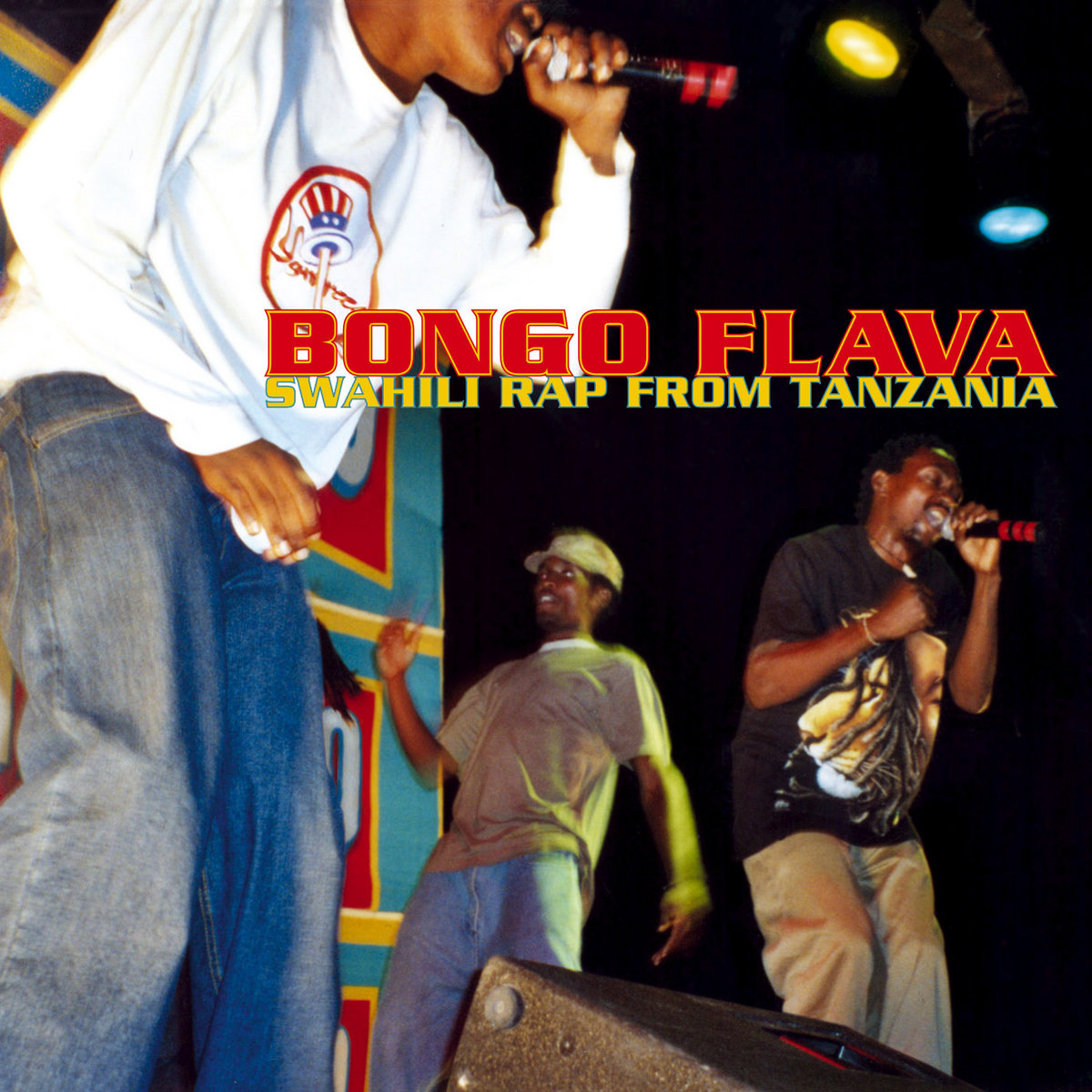One of the most popular musical genres in Tanzania is Taarab. Coming from Islamic roots, it uses several instruments that are popular in the Middle East, like the oud and the qanun, but also uses a lot of African percussion instruments and European guitars, and even instruments from East Asia (like the Japanese taishokoto). The melodies were mainly Islamic songs mixed with ancient Swahili songs. It started to really gain popularity in the late 1920s, and by the 1960s, Taarab groups had started to modernize it a bit and introduce it to other nearby countries.
Tanzania is a multi-ethnic country, and each ethnic group has their own styles of traditional dance. These traditional dances were passed down from generation to generation and told stories or represented a facet of life. In modern society, they’ve been somewhat lost to the younger generations, but there are dance troupes out there trying to teach people their history.
Starting in the 1930s, Cuban rumba and other Latin genres began to make its way into Tanzania, and it was really popular! Bands started forming and performing this new music, often calling themselves jazz bands, even though many of them didn’t play jazz. They stayed popular as dance music bands throughout the 1980s and 1990s.
Today, quite a few new genres have gained in popularity, based on European and American styles mixed with their traditional sounds and instruments. Bongo Flava developed during the 1990s as a mix between hip-hop and reggae and mostly sung in Swahili. Hip-hop is equally just as popular, with Dar es Salaam being one of the centers for hip-hop musicians to thrive. Likewise, reggae here has been influenced by African and Caribbean roots but with its particular Swahili flair added to it. By the way, Freddie Mercury of the band Queen was born in an Indian community on Zanzibar. They tried to do a big celebration for him, but plans were shut down because of his openly gay lifestyle, seeing how homosexuality is illegal there.
 |
| Ras Nas |
I found quite a few artists on Spotify that I took a quick listen to. I started with a bit of reggae from Ras Nas. It’s pretty chill, and I really liked it. You can really tell that he makes use of the guitar using African styles and rhythms behind some of it. He used English and Swahili (I’m guessing) both in his songs.
I found a couple of hip-hop artists. I checked out Juma Nature. There weren’t too many of his songs posted on there, but the ones I listened to were pretty catchy. One was a little more chill, and one was a little faster. Obviously, I don’t know what he’s saying, but I liked the cadence and inflections. The other one I listened to was X Plastaz. They incorporate more Maasai rhythms and styles into their music. It was pretty catchy and put together well from what I heard.
 |
| Vanessa Mdee |
Now for the big genre: Bongo Flava. First of all, there’s a nice playlist on Spotify. And some of the artists I sampled (and some are on that playlist) include Vanessa Mdee, Diamond Platnumz, Harmonize, Dully Sykes, and Nandy. I really like this genre. I feel like it’s something I could listen to while driving with the windows down. Like a summer playlist if it would ever get warm and stay warm.
Up next: the food


:format(jpeg):mode_rgb():quality(40)/discogs-images/A-1212089-1539967330-6878.jpeg.jpg)


GOOD TO SEE THIS EDUCATIONAL LAYOUT ESPECIALLY FOR THE YOUNGER GENERATION WHO SEEMS TO BE LOSING TOUCH WITH OUR ROOTS AND CULTURE. LET I AND I KNOW HOW I MAY BE OF HELP TO YOU ALL. MY TRENCH TOWN REGGAE SHALL FREE AFRICA. RESPECT1
ReplyDelete